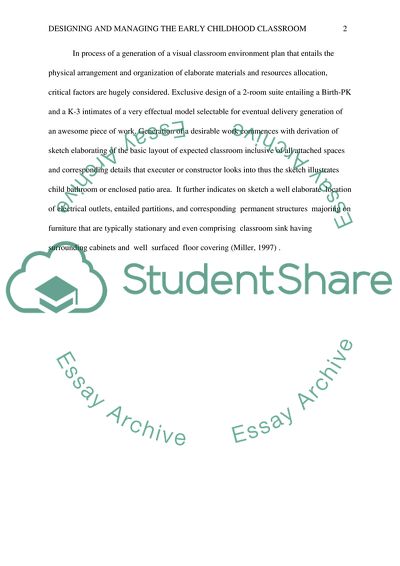Cite this document
(Designing and Managing the Early Childhood Classroom Coursework Example | Topics and Well Written Essays - 1250 words, n.d.)
Designing and Managing the Early Childhood Classroom Coursework Example | Topics and Well Written Essays - 1250 words. https://studentshare.org/design-technology/1838376-everything-in-its-place-designing-and-managing-the-early-childhood-classroom-benchmark-assessment
Designing and Managing the Early Childhood Classroom Coursework Example | Topics and Well Written Essays - 1250 words. https://studentshare.org/design-technology/1838376-everything-in-its-place-designing-and-managing-the-early-childhood-classroom-benchmark-assessment
(Designing and Managing the Early Childhood Classroom Coursework Example | Topics and Well Written Essays - 1250 Words)
Designing and Managing the Early Childhood Classroom Coursework Example | Topics and Well Written Essays - 1250 Words. https://studentshare.org/design-technology/1838376-everything-in-its-place-designing-and-managing-the-early-childhood-classroom-benchmark-assessment.
Designing and Managing the Early Childhood Classroom Coursework Example | Topics and Well Written Essays - 1250 Words. https://studentshare.org/design-technology/1838376-everything-in-its-place-designing-and-managing-the-early-childhood-classroom-benchmark-assessment.
“Designing and Managing the Early Childhood Classroom Coursework Example | Topics and Well Written Essays - 1250 Words”. https://studentshare.org/design-technology/1838376-everything-in-its-place-designing-and-managing-the-early-childhood-classroom-benchmark-assessment.


